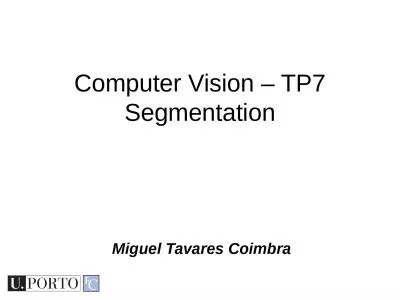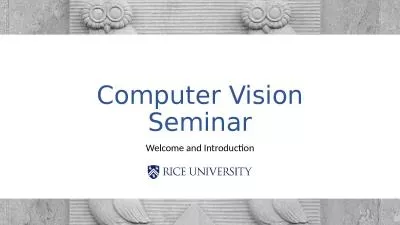PPT-COS429 Computer Vision =
Author : lindy-dunigan | Published Date : 2019-06-19
Assignment 4 Cloning Yourself Steps for 3D Reconstruction Images Points Structure from Motion Points More points Multiple View Stereo Points Meshes
Presentation Embed Code
Download Presentation
Download Presentation The PPT/PDF document "COS429 Computer Vision =" is the property of its rightful owner. Permission is granted to download and print the materials on this website for personal, non-commercial use only, and to display it on your personal computer provided you do not modify the materials and that you retain all copyright notices contained in the materials. By downloading content from our website, you accept the terms of this agreement.
COS429 Computer Vision =: Transcript
Download Rules Of Document
"COS429 Computer Vision ="The content belongs to its owner. You may download and print it for personal use, without modification, and keep all copyright notices. By downloading, you agree to these terms.
Related Documents


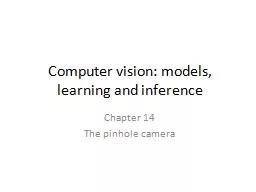
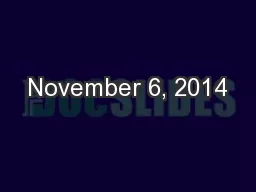
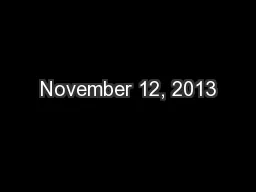

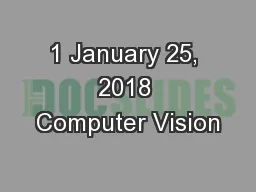
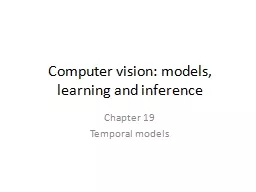

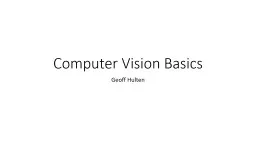
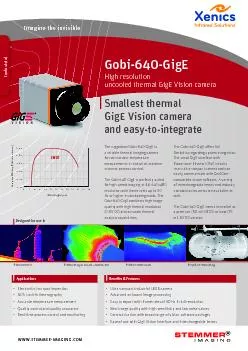
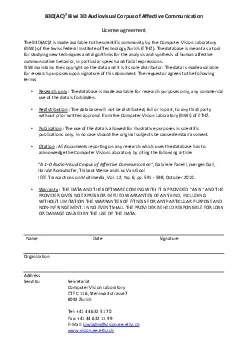
![[eBOOK]-Raspberry Pi Computer Vision Programming: Design and implement computer vision](https://thumbs.docslides.com/975211/ebook-raspberry-pi-computer-vision-programming-design-and-implement-computer-vision-applications-with-raspberry-pi-opencv-and-python-3-2nd-edition.jpg)
